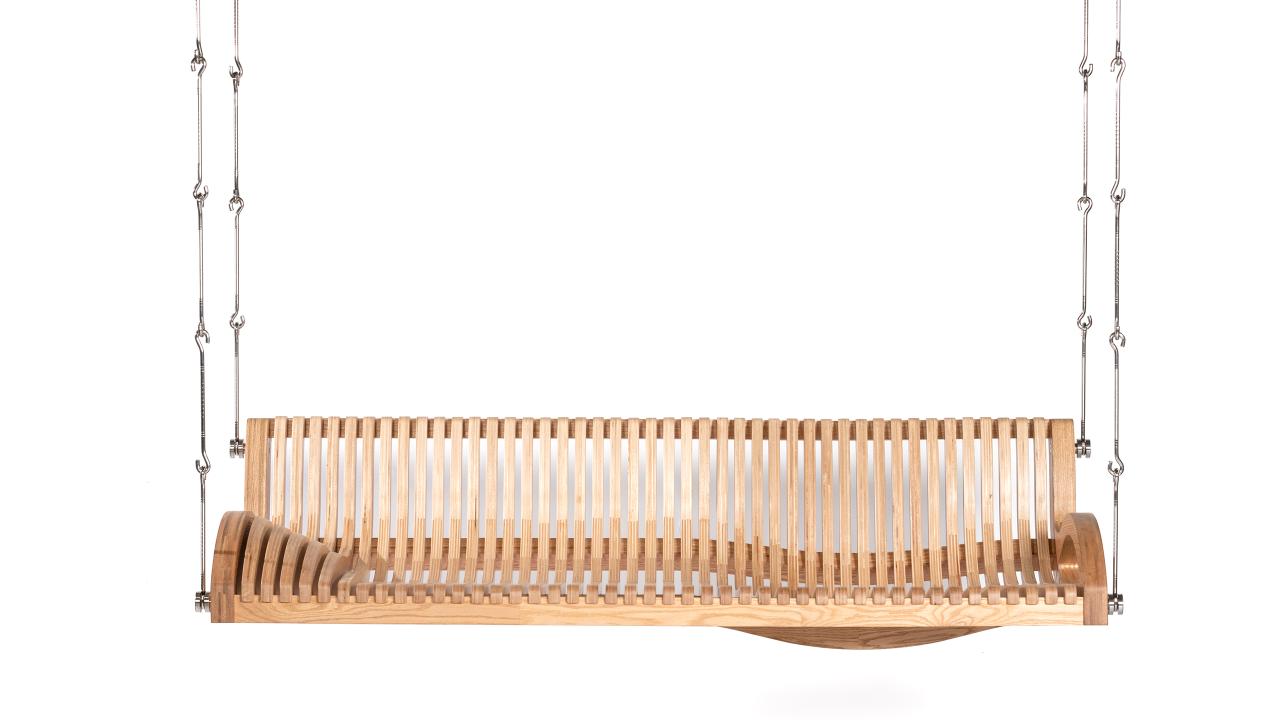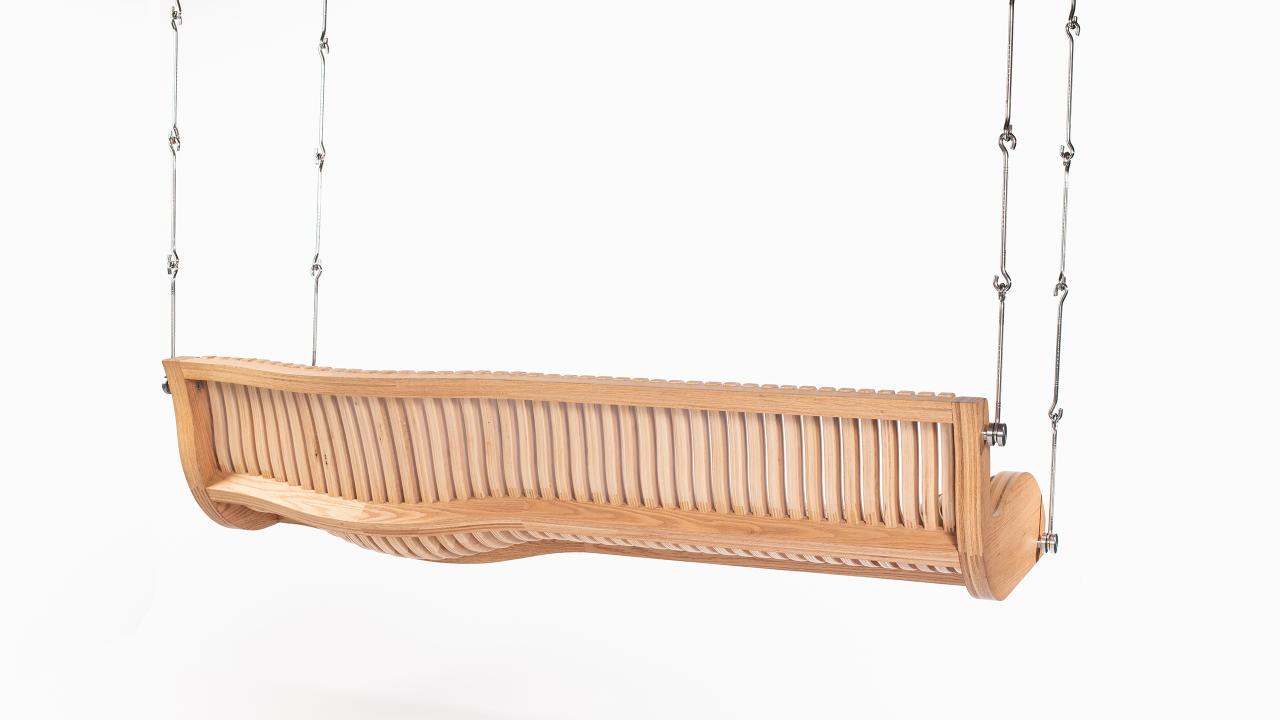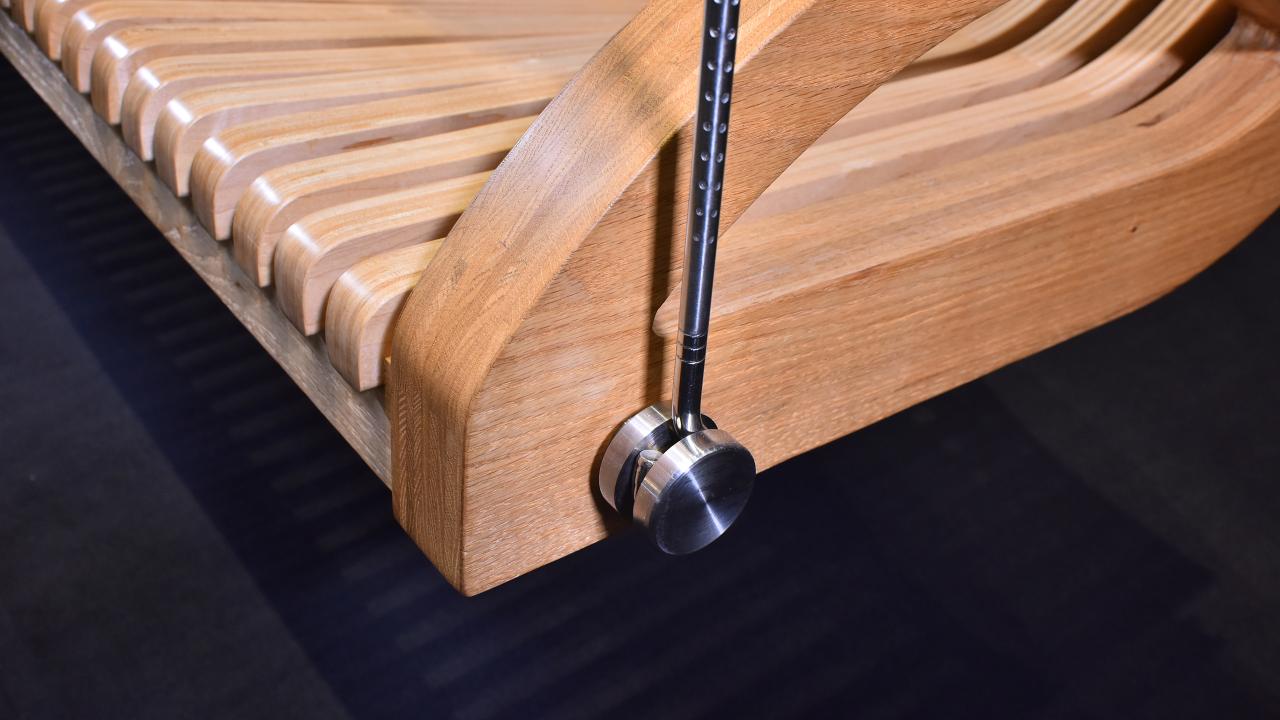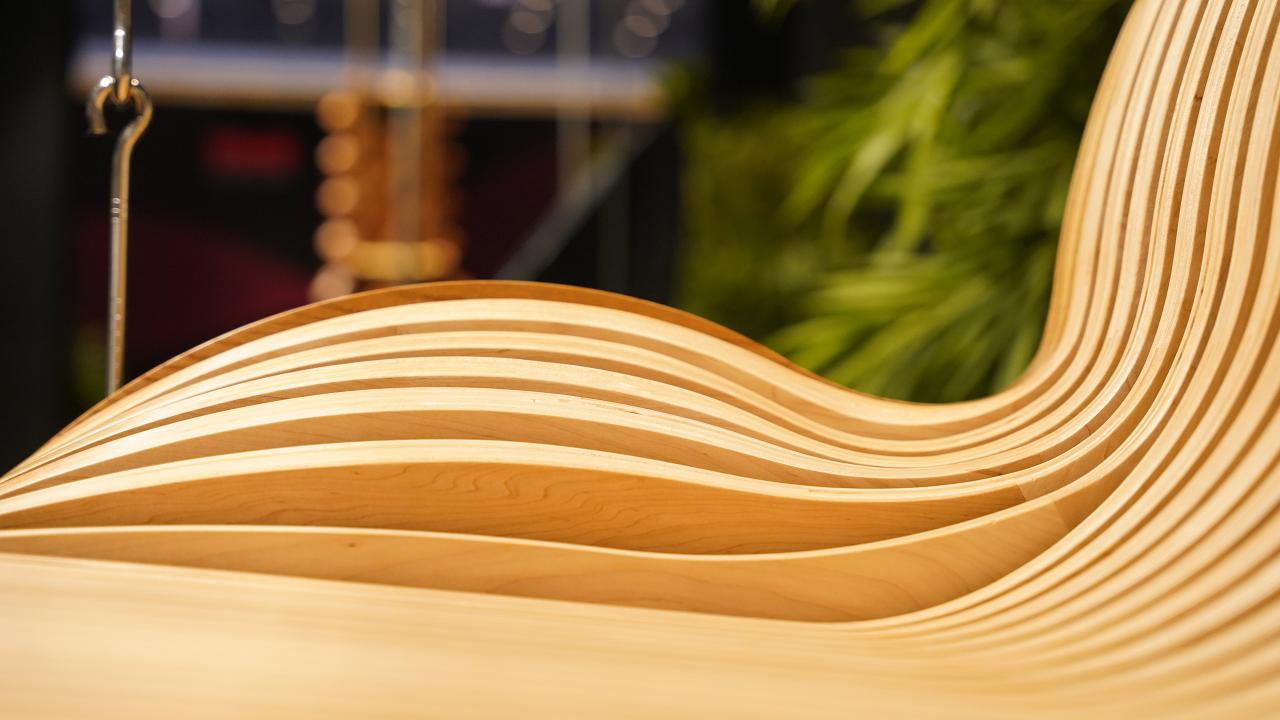Naresh V Narasimhan
“The initiative by AHEC is interesting, forward thinking engagement, with focus on material being the common thread tying together the creation of several diverse designs as an outcome. But perhaps the most compelling component of this exercise, is the ability to work with new sustainable materials and ‘update’ the design of an element that is quintessential to a lot of Indian homes, and festivals.” - Naresh V Narasimhan, Architect & Managing Partner, Venkataramanan Associates
Could you tell us a little bit about the design thought and inspiration behind your piece?
In Indian culture, the swing was considered a luxury, mostly owned by royalty and placed in outdoor gardens and verandas. Historically, swings were often depicted in activities in Royal palaces in various forms of Indian miniature paintings. Ragamala paintings, a form of Indian miniature paintings, are a set of illustrative paintings of the Ragamala or 'Garland of Ragas', depicting variations of the Indian musical modes called ragas.
Hindola means swing, and a swing is usually the dominant motif in paintings of the Hindola Raga. Usually associated with the spring time, this raga symbolises love, fertility and balance. Most Hindola Raga paintings depict musical instruments played by the characters of the paintings; rhythm of waves, and asymmetrical balance in composition are some common features in Hindola raga paintings. The form of the swing seat is derived from the Veena, a popular element in the Hindola Raga paintings. It additionally borrows ideas of movement, rhythm and asymmetry from the paintings. The intent of the form is to be able to choose the seating experience on the swing - fun, relaxed and playful.
Why did you select American red oak and hard maple for your design?
They were chosen due to their complementary colour notes and structural abilities. The structure of the swing, the armrest and stiffeners are made from American red oak, and the curved slats forming the body of the swing are in American hard maple. While the concept for the design form is Indian in origin, we have consciously chosen wood colours that are not typically Indian to provide a more contemporary, global look, rooted in an Indian context.
What have you learned through being a part of this project?
During the course of the design and prototyping, we have delved into the swing as an object, and its depiction in Indian culture. The specificities of the detailing of the slats and the structure has been an opportunity to work with ideas of constructability, technique, comfort and usability at a different scale than we are used to.




